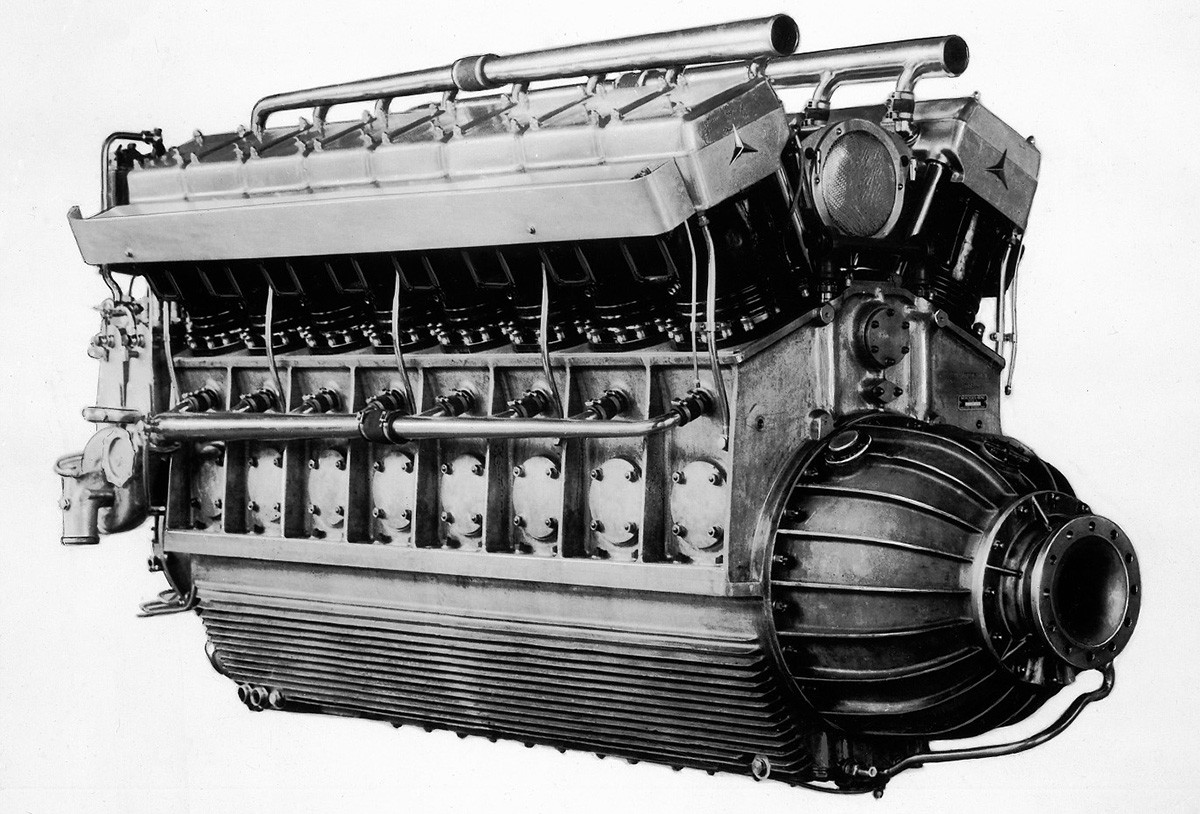The Benz V16, officially known as the Daimler-Benz DB 602, stands as a testament to German engineering prowess in the 1930s. This colossal engine, designed to power the iconic airships LZ 129 Hindenburg and LZ 130 Graf Zeppelin II, boasted impressive power and innovative features for its time. This article delves into the history, design, and ultimate fate of this remarkable power plant.
From V12 to Benz V16: The DB 602’s Origins
The DB 602’s story begins with the Daimler-Benz F-2, a V12 aircraft engine developed around 1930. While the F-2 saw limited use in aircraft and speedboats, it served as the foundation for the OF-2, a diesel engine intended for airships. However, the OF-2’s power proved insufficient for the massive Hindenburg and Graf Zeppelin II.
To meet the demanding power requirements, Daimler-Benz engineer Arthur Berger embarked on designing a new engine in 1933, initially designated LOF-6 and later officially named DB 602. The solution? Double the cylinder banks of the OF-2, resulting in a formidable V16 configuration.
Inside the Benz V16: A Marvel of Engineering
The Benz V16 featured a unique 50-degree angle between cylinder banks, chosen to minimize vibrations through an uneven firing order. Individual steel cylinders were integrated into a robust aluminum alloy crankcase, enhancing stability and reducing lateral movement.
A single camshaft, located in the engine’s V, controlled both intake and exhaust valves, with a pneumatic system allowing for reverse operation. Four Bosch fuel injection pumps, driven by the camshaft, delivered fuel at high pressure to the pre-combustion chambers within each cylinder.
The engine utilized a .50 propeller gear reduction system with bevel planetary gears. Fork-and-blade connecting rods with roller bearings connected to the crankshaft, ensuring smooth operation. Two water pumps, driven by a cross shaft, provided efficient cooling to each cylinder bank.
The Benz V16 in Action: Powering Giants of the Sky
The DB 602, displacing a massive 5,401 cubic inches (88.51 liters), could produce a continuous output of 900 hp (671 kW) and a maximum of 1,320 hp (984 kW) for short periods. This immense power drove the two-stage compressors that filled the airships’ vital air tanks, used for starting and maneuvering.
Four DB 602 engines were installed in both the Hindenburg and Graf Zeppelin II. The Hindenburg’s engines initially suffered mechanical issues on its maiden commercial voyage but were subsequently rebuilt. The Graf Zeppelin II’s engines were mounted in a tractor configuration, a change implemented after the Hindenburg disaster.
A Legacy Overshadowed by Tragedy
The Hindenburg disaster of 1937 tragically cut short the airship era. While the DB 602 proved reliable and powerful, its association with the disaster inevitably overshadowed its technical achievements. The Graf Zeppelin II, unable to secure helium and facing the onset of World War II, was ultimately scrapped.
Despite its limited operational history, the Benz V16 remains a significant feat of engineering. Two surviving examples are on display today: one at the Zeppelin Museum in Friedrichshafen, Germany, and the other at the Musée de l’Air et de l’Espace in Le Bourget, France. The DB 602’s legacy extends beyond airships, influencing the development of the Mercedes-Benz 500 series marine engines used in German Schnellboot (fast attack boats) during World War II.

